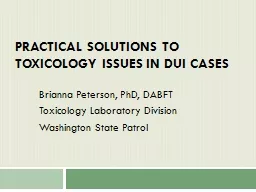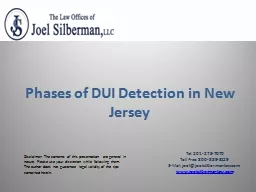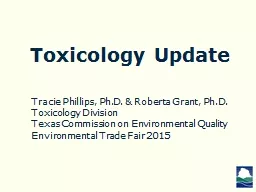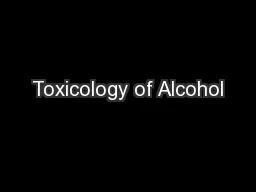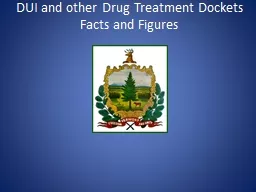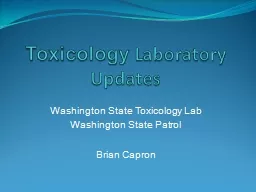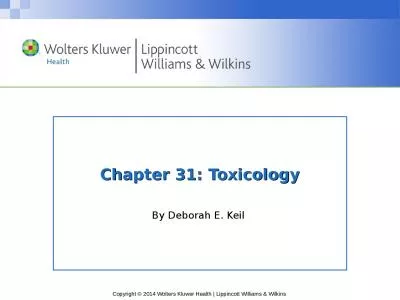PPT-Practical Solutions to Toxicology Issues in DUI Cases
Author : calandra-battersby | Published Date : 2018-11-19
Brianna Peterson PhD DABFT Toxicology Laboratory Division Washington State Patrol Toxicology Topics Cannabis and Driving Impairment Pharmacology Driving studies
Presentation Embed Code
Download Presentation
Download Presentation The PPT/PDF document "Practical Solutions to Toxicology Issues..." is the property of its rightful owner. Permission is granted to download and print the materials on this website for personal, non-commercial use only, and to display it on your personal computer provided you do not modify the materials and that you retain all copyright notices contained in the materials. By downloading content from our website, you accept the terms of this agreement.
Practical Solutions to Toxicology Issues in DUI Cases: Transcript
Download Rules Of Document
"Practical Solutions to Toxicology Issues in DUI Cases"The content belongs to its owner. You may download and print it for personal use, without modification, and keep all copyright notices. By downloading, you agree to these terms.
Related Documents

